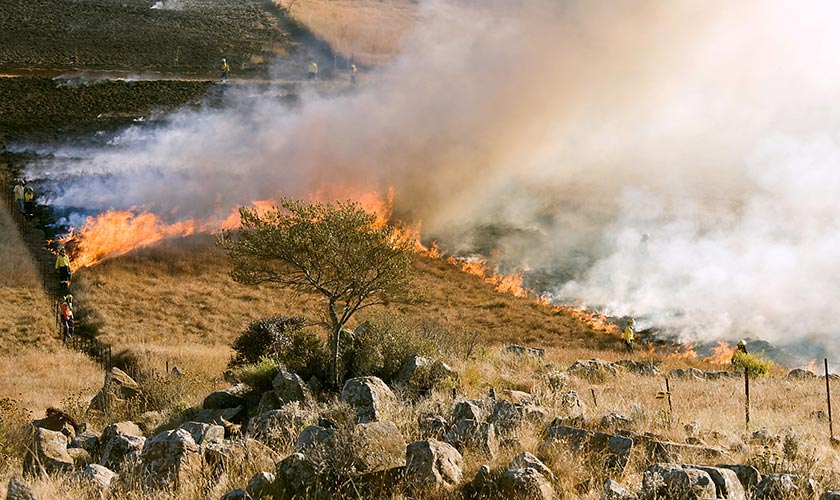Media Advisory
Southwest District Health has confirmed 122 cases of pertussis (whooping cough) within its six county region since the beginning of the year. This number is significantly higher than the previous year. Anyone with a persistent cough is encouraged to visit a medical provider and request testing. Household members of patients who test positive for pertussis may also receive treatment to avoid developing the disease.
Pertussis is a highly contagious disease that can cause serious illness in infants, children, and adults. It begins with cold-like symptoms, such as sneezing, runny nose, a non-productive cough, and a low-grade fever, but symptoms can vary. Typically, after 1-2 weeks, the cough becomes more severe, especially at night, and cough medicines usually do not help the cough. On occasion a child may make a crowing sound (the whoop) when she or he draws a breath after severe coughing. Teens and adults usually have milder illness. If your baby is having trouble breathing take the baby to the emergency department or doctor right away.
Infected persons are contagious from the time cold symptoms begin to three weeks after cough starts. Infected persons are no longer contagious after they have completed a five-day treatment with an appropriate antibiotic.
“People with pertussis usually spread the disease by coughing or sneezing while in close proximity with others,” said Jami Delmore, Environmental Health Supervisor for Southwest District Health. “The best way to prevent pertussis is to get vaccinated. Most fully-immunized children are at a lower risk for contracting pertussis. Infants under one year are not old enough to be fully-vaccinated against pertussis and are most likely to experience severe illness if they develop the disease,” she said.
Antibiotics can make the disease milder in those infected, if treated promptly, and will prevent further transmission of the illness to others. Individuals exposed to pertussis should also be given antibiotics to prevent the disease, even if they have been vaccinated.
Adults and adolescents are commonly the source of infection for younger children and infants. Young infants should be kept away from people with cough illnesses. Likewise, people with cough illnesses should always stay away from young infants, since pertussis can cause more severe, even life-threatening, complications in infants.
Who Needs Pertussis Vaccines?
Pertussis vaccines (DTaP for infants/children and Tdap for adolescents/adults) are available at most healthcare providers and are covered by most insurance providers.
- Kids under seven should get a series of five DTaP shots.
- Pre-teens and teens should get a pertussis (pertussis) booster called Tdap.
- All adults are recommended to get Tdap, especially if they are in contact with infants. (parents, siblings, grandparents, aunts, uncles, nannies, caregivers, childcare staff, etc.)
- All pregnant women should get the Tdap shot during each pregnancy, during the third trimester, even if you’ve gotten it before.
“The pertussis immunizations you received as a child do not provide lifetime protection. Everyone should have at least one dose of Tdap,” Delmore warned. “Be proactive and check with your doctor to make sure your family is up-to-date on their shots,” she said.
Adults and adolescents are commonly the source of infection for younger children and infants. Young infants should be kept away from people with cough illnesses. Likewise, people with cough illnesses should always stay away from young infants, since pertussis can cause more severe, even life-threatening, complications in infants.
Delmore advises parents to remind your children to cover their mouth and nose when coughing or sneezing, dispose of used tissues properly, and wash their hands often. Practicing good respiratory hygiene is a key to reducing the spread of any respiratory illness.
Tdap shots are available at SWDH. To schedule an appointment at SWDH call (208) 455-5345.
#####
MEDIA CONTACT:
Katrina Williams
(208) 455-5317 or (208) 899-1268
Katrina.Williams@phd3.idaho.gov


